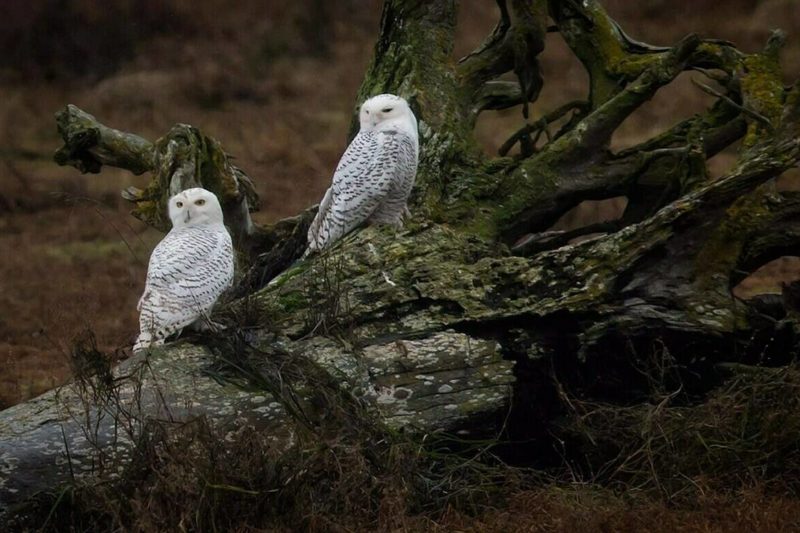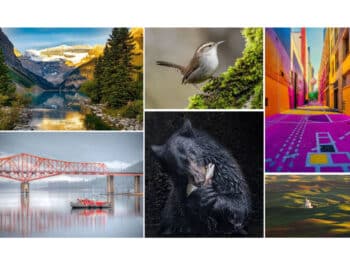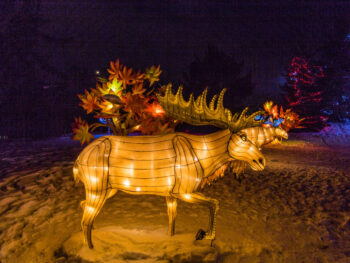Halloween weekend is traditionally rife with images of bats, owls, spiders and other animals that spark fear in many. But one national wildlife organization is urging Halloween celebrants not to be spooked for themselves, but rather consider the idea that traditional Halloween creatures may be facing scarier, longer-term threats.
“Instead of being scared of these animals, we should be scared for them,” said Megan Quinn, coordinator of conservation biology with the Nature Conservancy of Canada.
Many of the species are at risk, Quinn said, adding Halloween offers a good opportunity to get better educated about them and the far-from-frightening ways they interact with humans.
“People might not understand why organizations like the Nature Conservancy of Canada are trying to protect them, or even worse, they could be openly hostile to these creatures that are trying to do their best to survive,” she said in an interview Saturday.
Quinn said while legends of bats, vampires, wolves and werewolves make for great stories, the haunting images have contributed to negative stereotypes for many animals.
“I think we have a lot of old scary legends and myths. We’ve been talking about things like vampires and werewolves for centuries, and they are great stories and fun for Halloween, but they do contribute to the stereotypes that do make people afraid,” she said.
One common legend features the concept of bats drinking blood. Quinn said while there are some bats around the world that do, that’s not true of any of the 18 species present in Canada. They do, however, lend humans a helping hand by eating large numbers of mosquitos every night.
“They are all insectivores, which means they eat insects,” Quinn said.
Quinn said while owls may sound eerie and look spooky with their big eyes, they are helpful in controlling rodent populations.
She said people can help the different species by planting native flowers, putting up bat boxes, and even not raking fall leaves so that bugs and other sources of food for small animals are protected during the winter.
– Kevin Bissett, The Canadian Press
Plan your adventures throughout the West Coast at westcoasttraveller.com and follow us on Facebook and Instagram @thewestcoasttraveller. And for the top West Coast Travel stories of the week delivered right to your inbox, sign up for our weekly Armchair Traveller newsletter!











 Mount Timothy prepares for an early season
Mount Timothy prepares for an early season